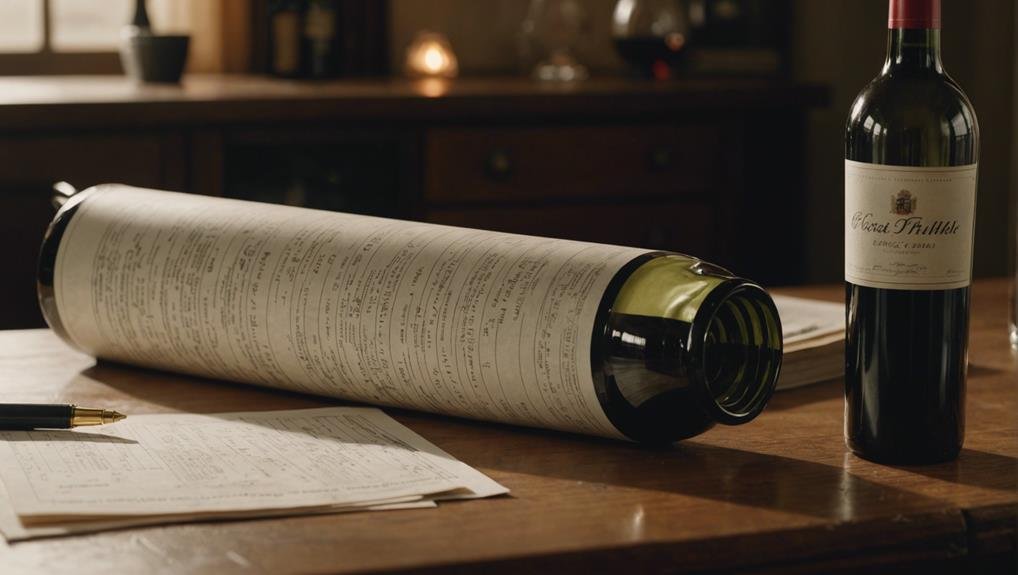Wine coolers were a big hit in the 1980s, thanks to their fruity flavors and ease of drinking. By 1985, they accounted for almost 10% of U.S. wine consumption.
However, a high excise tax in 1991 led to a sharp decline. Now, they're making a comeback with a modern twist. Today's wine coolers use artisanal ingredients and innovative flavors aimed at health-conscious consumers.
Brands are bringing back these nostalgic drinks with lower alcohol content and sophisticated tastes like yerba mate and mint. As people look for healthier options, wine coolers have the potential to win over a new generation.
Let's explore how this classic drink might evolve.
The Rise of Wine Coolers
In the 1980s, wine coolers became very popular. They were easy to drink because they had twist-off caps and a light, fruity taste.
Originally, people made wine coolers at home by mixing wine with fruit juices and sodas. Seeing the potential, big companies quickly got involved. Brands like Bartles and Jaymes, Seagrams, and California Cooler started making wine coolers in large quantities.
They marketed them as 'adult soda pop' with low alcohol content, which appealed to many people. This shift from homemade drinks to mass-produced products led to the huge popularity of wine coolers.
Phenomenal Popularity
When wine coolers hit the market with their easy-to-carry packaging and light, fruity flavors, they quickly grabbed the public's attention. By 1985, these drinks made up nearly 10% of all wine consumption in the U.S.
Their lower alcohol content made them ideal for social events, allowing people to enjoy a few without feeling too tipsy. This refreshing alternative to traditional wines became popular at a time when beverage sales were slowing down, offering a new and exciting option for consumers.
Tax Troubles and Decline

In 1991, Congress imposed a significant excise tax increase on the wine cooler industry, dramatically impacting its profitability. This tax hike made wine blending far less lucrative, causing production costs to soar and the economic sustainability of wine coolers to decline.
As a result, many companies struggled to keep their margins and eventually couldn't survive. This tax change also opened the door for alternative malt beverages, which became more cost-effective to produce under the new tax rules.
Consequently, wine coolers began to disappear from store shelves, marking the end of an era for this once-popular beverage.
Signs of Revival
Amid changing consumer tastes and new recipes, wine coolers are showing signs of a comeback. Today's wine coolers use artisanal ingredients that appeal to health-conscious and flavor-seeking drinkers.
Unlike the overly sweet versions from the past, modern wine coolers now include fresh elements like yerba mate and mint. This change not only makes them more appealing but also fits with the more relaxed drinking culture we see today.
Brands and mixologists are trying out lower alcohol options and sophisticated flavors, giving this nostalgic drink a new twist. With these updates, wine coolers are set to connect with a new generation of consumers.
Future Potential

Looking ahead, wine coolers have the chance to secure a strong place in the changing beverage market. Consumers are leaning towards healthier, lower-alcohol choices. To make a comeback, wine coolers should focus on innovative flavors. This means using natural, artisanal ingredients like yerba mate and mint instead of artificial fruit flavors.
The demand for beverages that offer a sophisticated yet accessible drinking experience is growing. Wine coolers can tap into this trend by offering unique and refreshing drinks. For example, a wine cooler with a blend of green tea and cucumber could attract health-conscious consumers.
It's crucial to stay aware of changing preferences and create products that stand out. With the right approach, wine coolers can become popular again.
Conclusion
As wine coolers gear up for a potential revival, we're feeling both nostalgic and excited. These modern versions promise high-quality ingredients and an easygoing vibe. They do face some challenges, but the signs of a comeback are strong. It will be interesting to see if today's wine coolers can capture the charm of the '80s while adding a fresh twist.
Wine coolers were very popular in the 1980s. They were easy to drink and had a fun, fruity taste. But over time, they lost their appeal. Now, companies are trying to bring them back with better ingredients and more sophisticated flavors. Brands like Barefoot and Smirnoff have introduced new versions that aim to attract both old fans and new drinkers.
This potential comeback is important because it shows how tastes are changing. People are looking for drinks that are both tasty and convenient. Wine coolers fit this need perfectly. They're ready to drink and come in many flavors, making them a great choice for parties or casual get-togethers.
In summary, the return of wine coolers could be a big hit. By blending the nostalgic feel of the '80s with modern tastes, they offer something unique. We'll be watching to see if they can make a successful comeback.